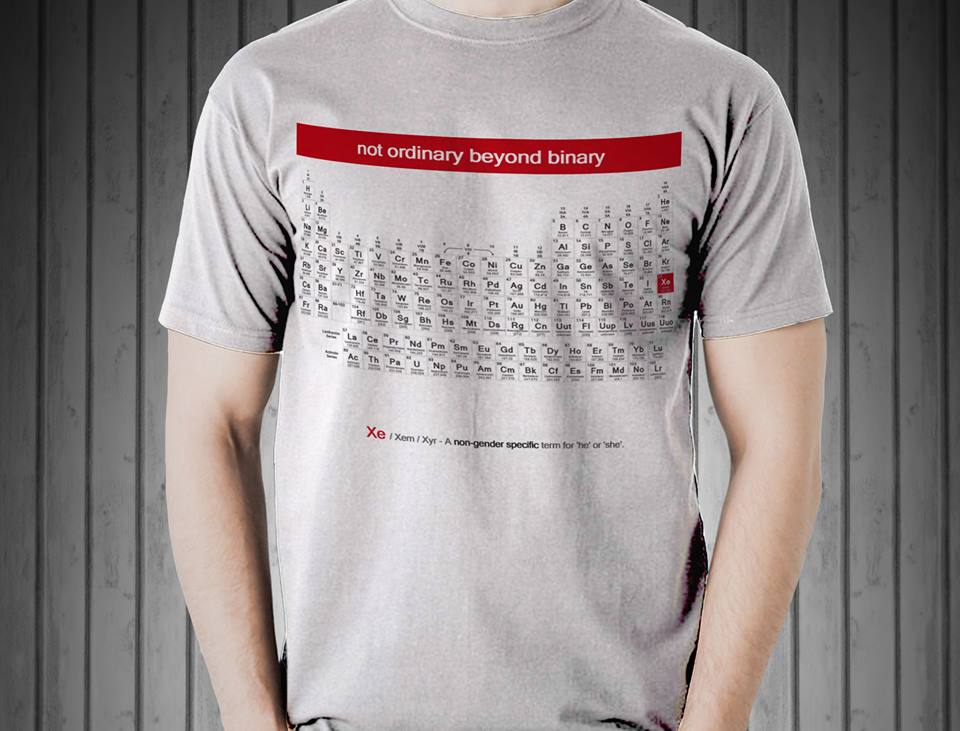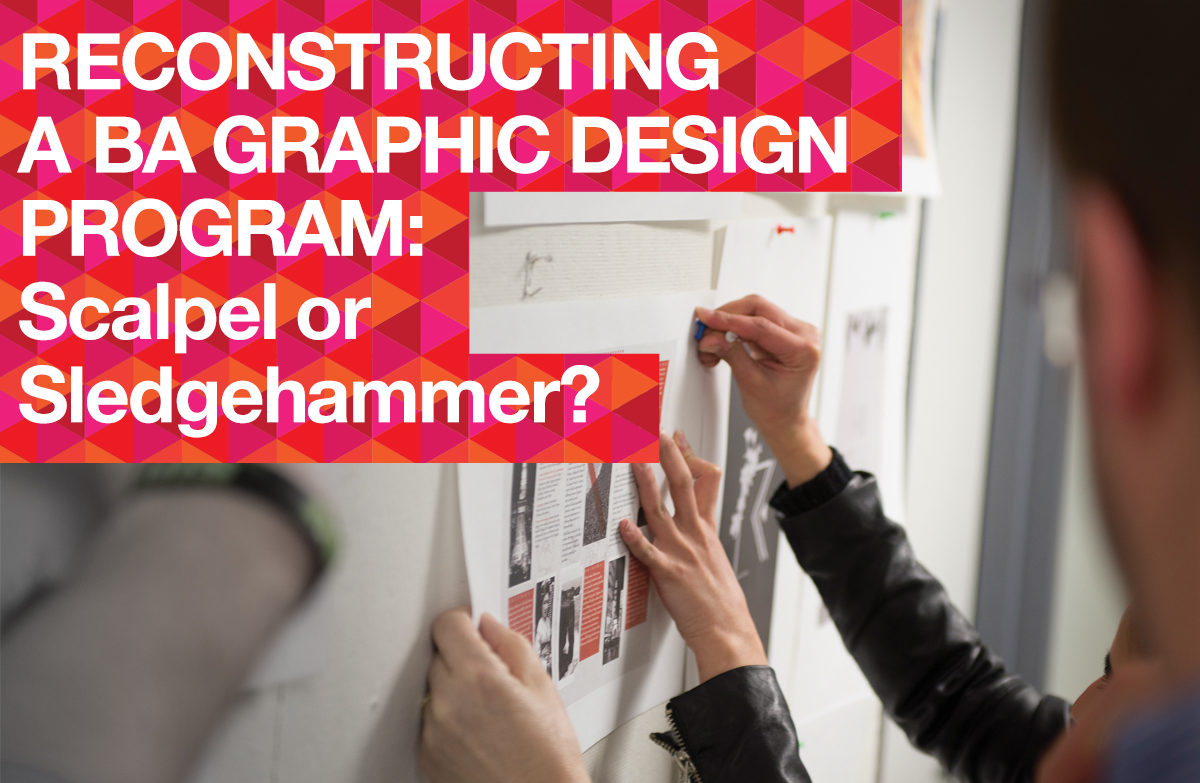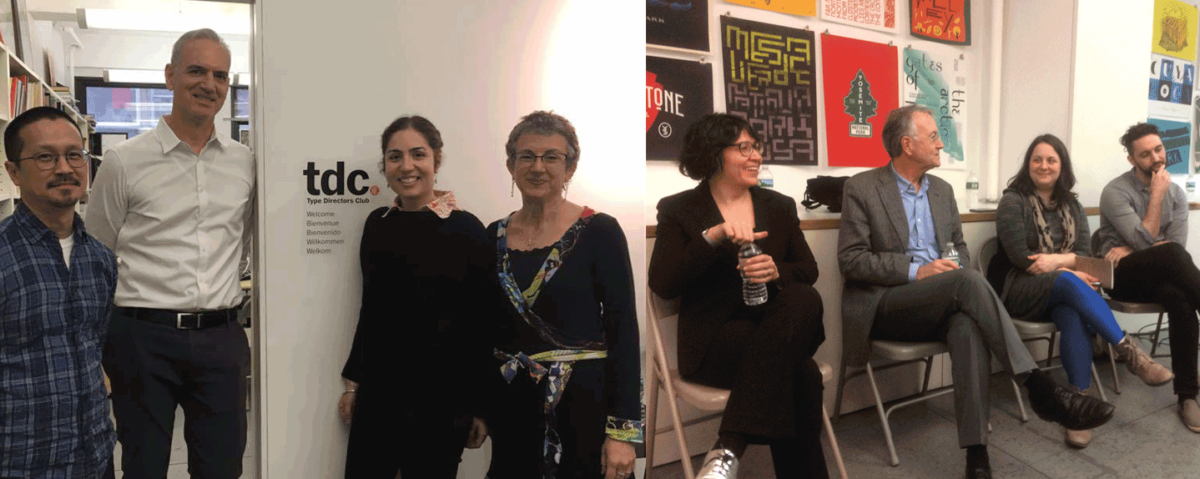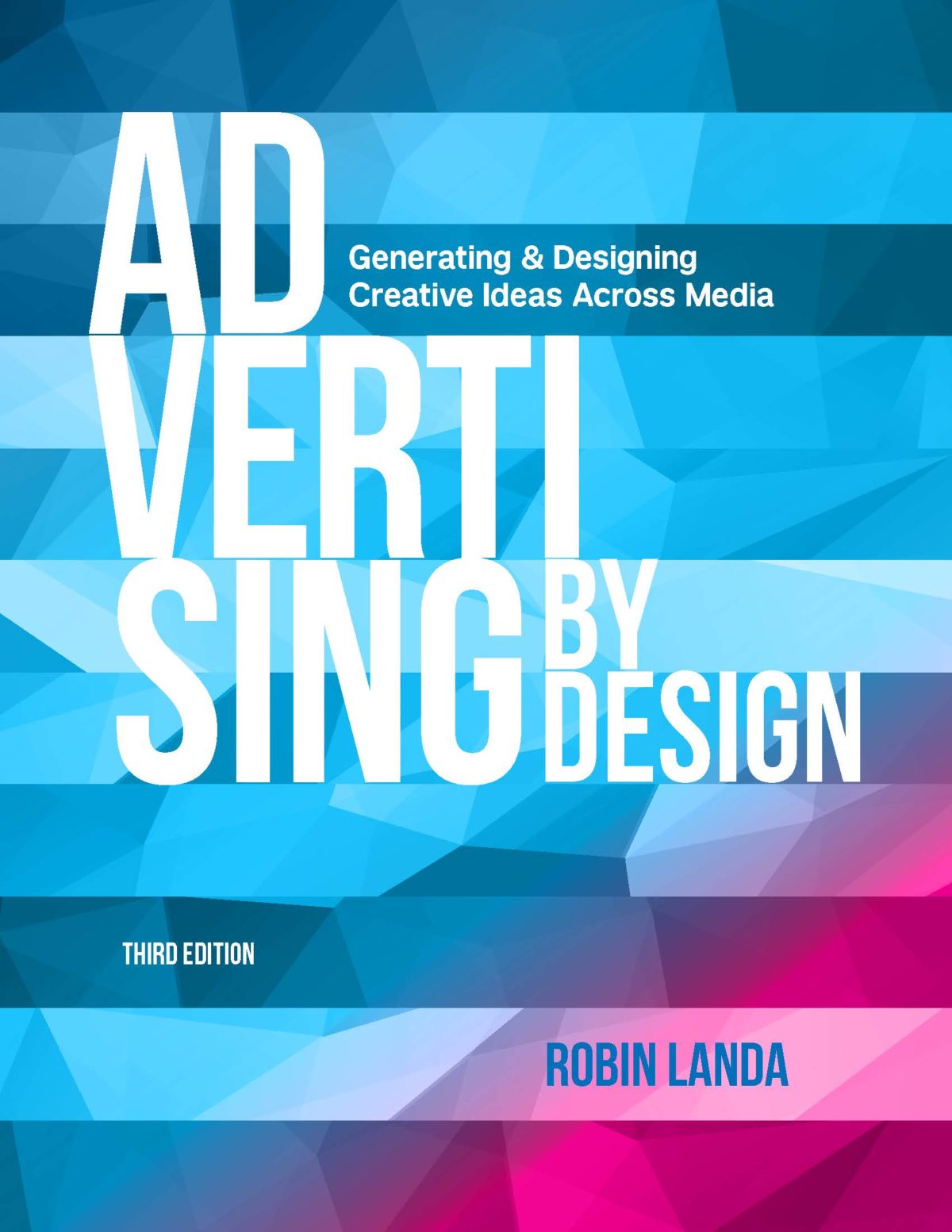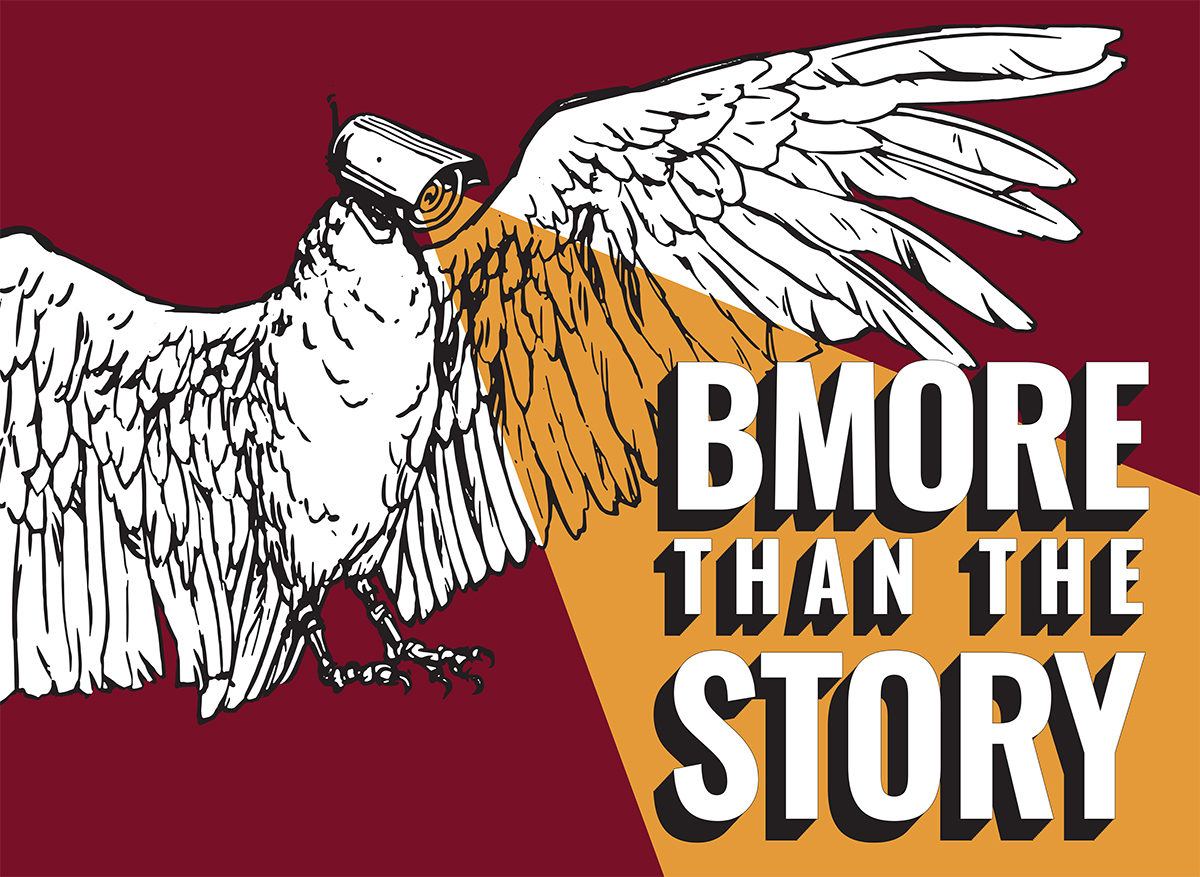Rachel Beth Egenhoefer
Chair, Department of Art + Architecture
Program Director & Associate Professor, Design
University of San Francisco
In today’s culture technology is speeding up our lives, creating the perceived need for everything to be faster, newer, better, sleeker, now! As we train the next wave of designers, they are faced with these challenges both as students, and in the professional world they will enter.
Simultaneously, the world is faced with the climate change crisis. On global and local levels the impacts of environmental degradation are real and impacting our communities. The need for designers to think and work sustainably has never been greater.
One of the greatest challenges in teaching sustainable design (either to students or consumers for that matter) is doing so within a culture that values speed. So much of our daily habits and lifestyles rely on quick, convenient decisions that ultimately lead to unsustainable patterns.
To truly tackle issues in sustainability we, as designers and consumers, need to slow down. Slowing down allows us to understand the complicated impacts of spilt second decisions so that we can redesign a better solution. Slowing down allows us to understand community and those around us. Slowing down allows us to question how we live, and how we want to live. Mindfulness based practices is one way to slow down and reflect on these questions.
Integrating mindfulness into design education better prepares students to be more conscious designers in the future. As a result, not only are they conscious designers, they are also more conscious citizens. As such, one might hope, that future generations can combat fast moving lifestyles and create a more sustainable future.
This Design Incubator talk shares ideas in integrating mindfulness into design education to empower future designers to conscious designers and citizens for a better world.
This research was presented at the Design Incubation Colloquium 4.1: San Jose State on Saturday, Sept 30, 2017.
